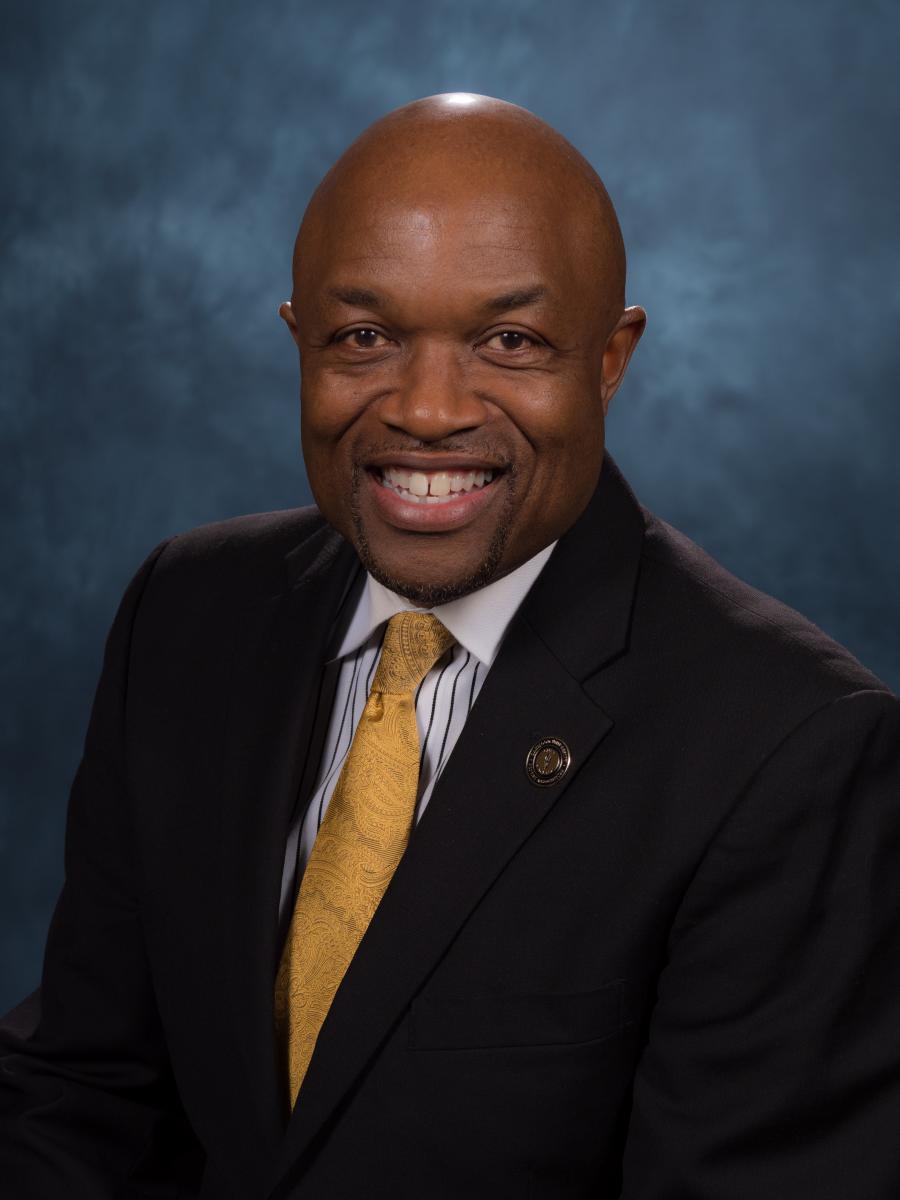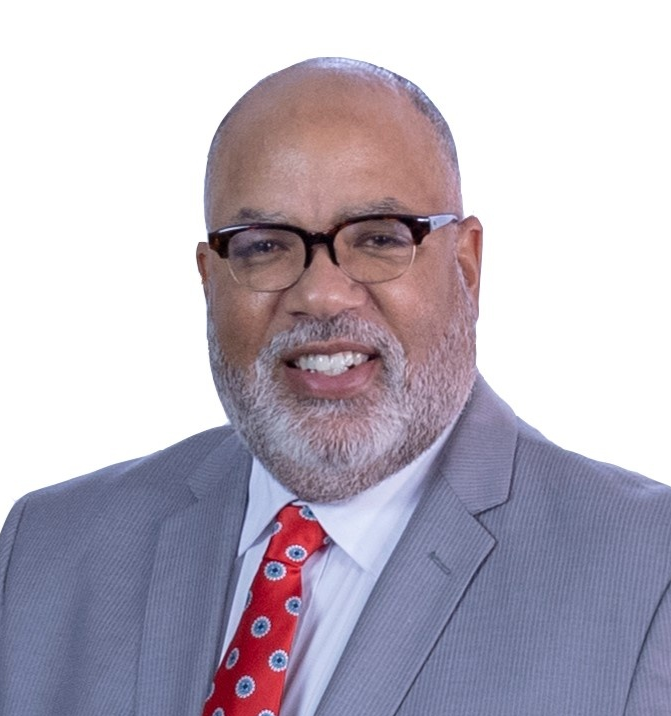Story by Cecily Bryant
As many parts of the country sheltered in place due to the coronavirus pandemic, the term “new normal” took root in everyday life. Children were home-schooled, health care was done virtually and work meetings were facilitated through Zoom and other electronic resources. So much changed so quickly. Only months ago, church members from Allegheny West Conference's Southeast church in Cleveland, Ohio, enjoyed the simple pleasure of opening doors and walking freely into a church so many consider home.




 G. Alexander Bryant fue elegido recientemente como el nuevo presidente de la División Norteamericana (NAD). Durante los últimos 12 años Bryant se desempeñó como secretario ejecutivo de la NAD y secretario asociado de la Conferencia General, y también se desempeñó como presidente de conferencia, pastor local, director juvenil, superintendente de educación y más durante su ministerio.
G. Alexander Bryant fue elegido recientemente como el nuevo presidente de la División Norteamericana (NAD). Durante los últimos 12 años Bryant se desempeñó como secretario ejecutivo de la NAD y secretario asociado de la Conferencia General, y también se desempeñó como presidente de conferencia, pastor local, director juvenil, superintendente de educación y más durante su ministerio.

 For five years running one of WGTS’ biggest events is the
For five years running one of WGTS’ biggest events is the 




 Story by Benia Jennings
Story by Benia Jennings